Tin Mill Black Plate Sheet
Product Details:
- Material Galvanized Sheet
- Type Tin plate
- Technique Cold Rolled
- Click to View more
Tin Mill Black Plate Sheet Price And Quantity
- 75 INR/Kilograms
- 10 Ton
Tin Mill Black Plate Sheet Product Specifications
- Galvanized Sheet
- Cold Rolled
- Tin plate
Tin Mill Black Plate Sheet Trade Information
- 100 Ton Per Day
- 05 Days
- All India
Product Description
Heres a detailed description of TMBP:
Manufacturing Process: TMBP is produced through a series of manufacturing processes. Initially, hot-rolled steel coils undergo cold rolling to reduce their thickness and improve their surface finish. The cold-rolled steel is then annealed to relieve internal stresses and improve its formability. After annealing, the steel is coated with a thin layer of tin through a process called electrolytic tin plating. This tin coating provides corrosion resistance and enhances the aesthetic appearance of the steel.
Surface Finish: TMBP typically has a smooth surface finish, which is essential for achieving good adhesion of the tin coating. The surface may undergo additional treatments or cleaning processes to ensure proper bonding of the tin layer.
Tin Coating: The tin coating applied to TMBP serves several purposes. It provides corrosion resistance, preventing the steel substrate from rusting or corroding when exposed to moisture or acidic environments. Additionally, the tin coating creates a barrier between the steel and the contents of the packaging, ensuring the integrity and safety of the packaged products.
Formability: TMBP exhibits excellent formability, allowing it to be easily formed into various shapes and configurations during the manufacturing of tinplate. It can undergo processes such as cutting, stamping, bending, and deep drawing without cracking or compromising the integrity of the tin coating.
In summary, TMBP is a thin, cold-rolled steel sheet or coil coated with a layer of tin, primarily used in the production of tinplate for packaging applications. Its corrosion resistance, formability, and aesthetic qualities make it a preferred material for manufacturing various metal packaging materials used in industries worldwide.
SPECIFICATION
Surface Finish: TMBP typically has a smooth surface finish, which is essential for achieving good adhesion of the tin coating. The surface may undergo additional treatments or cleaning processes to ensure proper bonding of the tin layer.
Tin Coating Weight: The weight of the tin coating applied to TMBP is an essential specification. It is usually expressed in terms of tin coating mass per unit area, such as grams per square meter (g/m2) or pounds per base box (lb/base box). The tin coating weight can vary depending on the intended application and the desired level of corrosion resistance.
Temper: TMBP may be supplied in different temper conditions to meet specific forming requirements. Common temper designations include annealed (fully soft), quarter hard, half hard, and full hard. The temper designation indicates the level of hardness and strength of the material.
Surface Quality: Specifications may include requirements for surface quality, such as the absence of defects such as scratches, pits, rust, or other surface imperfections that could affect the performance or appearance of the finished product.
Standards Compliance: TMBP may need to comply with specific industry or international standards, such as those set by organizations like ASTM (American Society for Testing and Materials) or JIS (Japanese Industrial Standards).
These specifications provide detailed information about the composition, dimensions, surface quality, and coating properties of TMBP, ensuring that it meets the requirements of customers and applications in the packaging industry. It's essential to consult the specific product data sheets or contact the manufacturer for precise specifications relevant to a particular TMBP product.

Price:
- 50
- 100
- 200
- 250
- 500
- 1000+

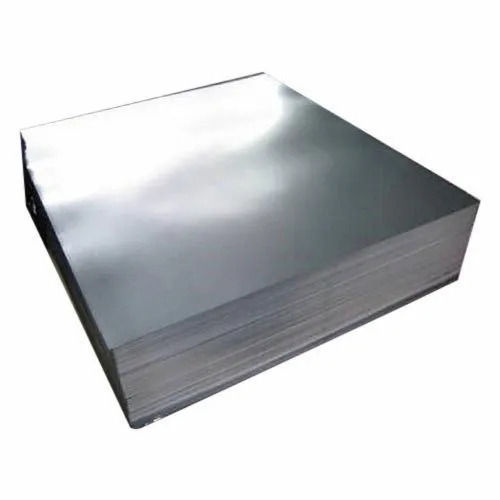

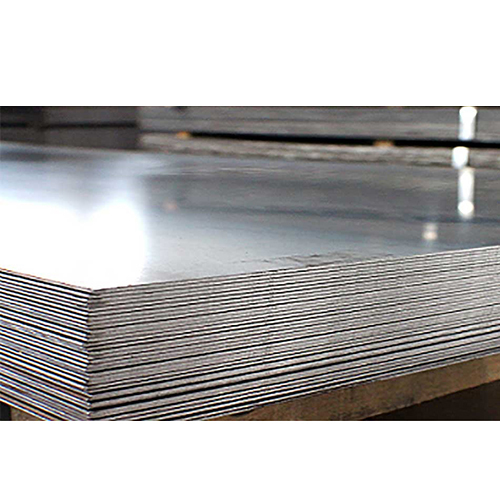
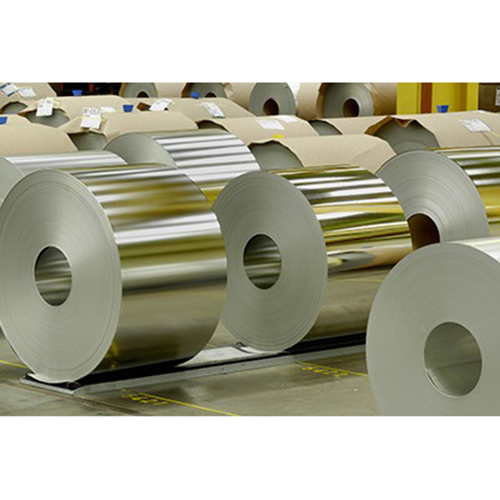
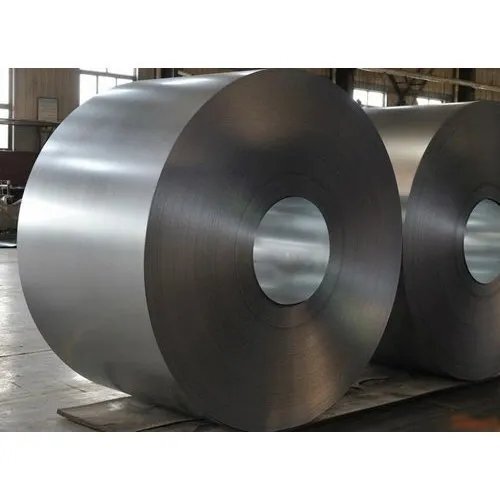
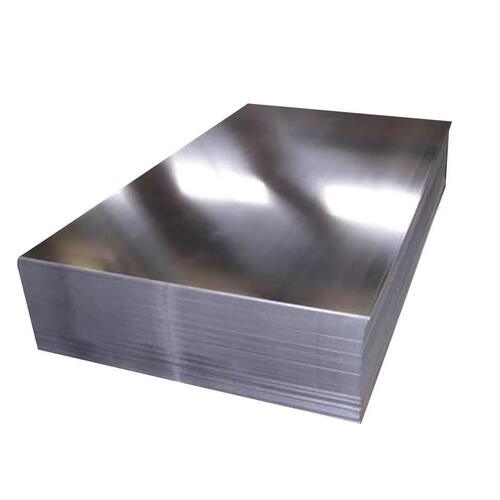



 Send Inquiry
Send Inquiry Send SMS
Send SMS
